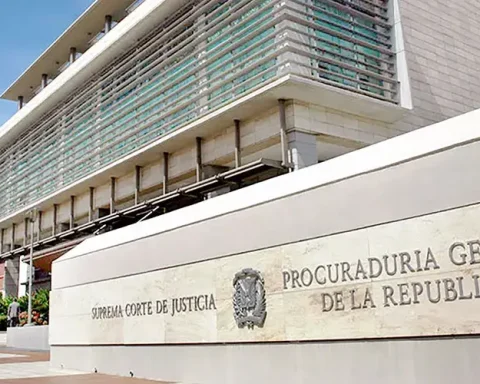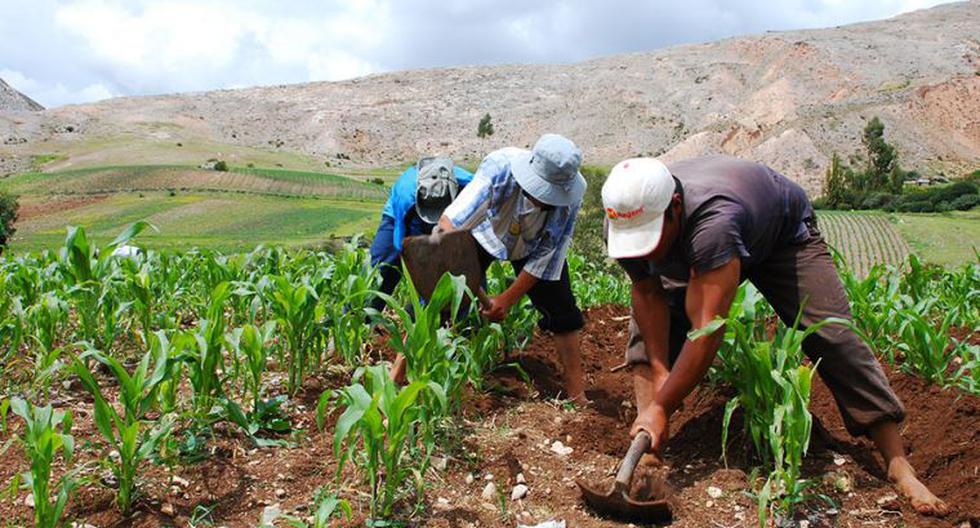These contribute to avoiding the private capture of Public Revenues, contributing to their solidary socialization
Graciela Fernandez Quintaspresident of Cooperatives of the Americas, which brings together more than 200 thousand of these entities in the region, stated that these institutions can be a platform to cushion negative economic cycles and support technological innovation by expanding the distribution of the benefits of the economy .
He stressed that the cooperative practice proves to be intrinsically distributive, contributing to the democratic access to opportunities and resources. And they contribute to avoiding the private capture of Public Revenues, contributing to their solidary socialization.
“It is a sector that contributes to the diversification of the economic structure, and to the development and social appropriation of knowledge. In addition, as a social movement it contributes to the construction of a more efficient institutional framework, and a democratic culture, and confronts the logic of rent-seeking and the culture of privilege. They contribute to territorial integration, access to culture and education, as well as the public health of their associates and communities. They build capacities for social development and local, national and regional autonomy”, he highlighted.
We invite you to read: Economic keys that will mark the week in America
He stated that in the Declaration of the IV Cooperative Summit of the Americas “Cooperatives: associativity for sustainable development” (2016) pointed out that “Cooperativism is proposed as an alternative option to that of concentrated and concentrating capital, emphasizing democracy in its global sense (social, cultural, communicational, economic, political, institutional, territorial and environmental). So that this vision of a more egalitarian world is possible.
Progress: promotion of cooperativism
The first institution to promote cooperatives in the region was registered in Argentina in 1923. This means that a century of public institutions aimed at cooperative development in the region will soon be completed. In all this time, one of the general facts is that public institutions have gone from less to more, that is, they have made progress in terms of relevance, capacities, recognition and capacity for action.
















